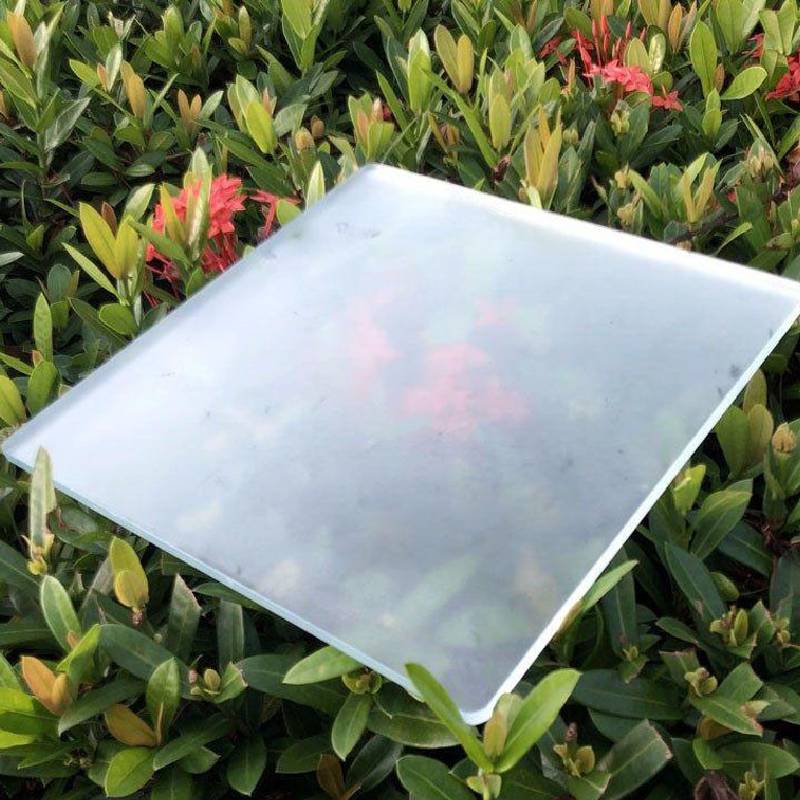The World of Obscure Glass Types A Journey into Their History and Applications
Glass, a material that has been used for centuries, is not only significant in everyday items but also in specialized industries. While most are familiar with common types of glass like soda-lime or borosilicate, the realm of obscure glass types is rich and varied, offering intriguing applications and properties that merit exploration.
A Brief History of Glass
The origins of glass date back to around 3500 BCE in Mesopotamia. Historically, glass was a luxury item, primarily used for decorative and utilitarian purposes. Its properties began to evolve during the medieval period, with improvements in techniques leading to a wider variety of glass forms, from stained glass in cathedrals to the intricate glassworks of Venice. As technology advanced, so too did the ability to manipulate glass composition, leading to the creation of numerous specialized types.
Obscure Glass Types Defined
Obscure glass types are often less known yet serve specialized purposes in various fields, including science, art, and industry. One notable example is opal glass, characterized by its milky, translucent appearance which scatters light. This glass type is frequently used in lighting fixtures, decorative items, and marbles. Its unique light-diffusing properties make it highly sought after for creating soft ambient lighting.
Another interesting type is Frosted Glass, which is produced by sandblasting or etching. This process creates a surface that obscures visibility while still allowing light to pass through. Frosted glass is popular in modern architecture for bathrooms and office spaces, creating privacy while maintaining an airy feel. Its subtle texture softens stark lines and enhances the aesthetic of contemporary designs.
obscure glass types
Low-Iron Glass is another obscure contender that is largely unnoticed yet has significant applications. Unlike regular glass, low-iron glass contains minimal iron content, resulting in a crystal-clear appearance with excellent light transmission. This type is favored in high-end applications such as aquariums, architectural facades, and solar panels, where clarity is paramount.
The Science Behind Obscure Glass Types
The creation of these obscure glass types involves specific changes in composition and manufacturing processes. For instance, the addition of certain oxides can alter the optical properties of glass, enhancing its ability to diffuse light or improve its clarity. Innovations in glass chemistry have enabled the development of materials that meet specific thermal, electrical, and aesthetic requirements.
One fascinating aspect of obscure glass types is their use in the field of technology. Photochromic glass, which darkens in sunlight, is employed in eyewear and protective screens. The glass’s ability to automatically adjust to light conditions makes it invaluable in both commercial and personal applications.
Similarly, Smart Glass represents the cutting edge of glass technology. This type can change its transparency in response to electrical currents, offering innovative solutions for climate control and privacy in architectural designs. Its multifaceted applications span from residential buildings to automobiles, showcasing how obscure glass types can meet modern technological needs.
Conclusion
While soda-lime glass and its ilk dominate the market, a plethora of obscure glass types exists that are quietly making their mark in various sectors. From the aesthetic appeal of opal glass to the technological advancements offered by smart glass, these materials underscore the diverse applications of glass beyond its traditional uses. As research and development continue to evolve, the potential for new and innovative glass types remains boundless, ensuring that this ancient material continues to intrigue and inspire in modern contexts. Whether through art, architecture, or technology, obscure glass types offer a unique perspective on the possibilities that glass holds in our world.
 Afrikaans
Afrikaans  Albanian
Albanian  Amharic
Amharic  Arabic
Arabic  Armenian
Armenian  Azerbaijani
Azerbaijani  Basque
Basque  Belarusian
Belarusian  Bengali
Bengali  Bosnian
Bosnian  Bulgarian
Bulgarian  Catalan
Catalan  Cebuano
Cebuano  Corsican
Corsican  Croatian
Croatian  Czech
Czech  Danish
Danish  Dutch
Dutch  English
English  Esperanto
Esperanto  Estonian
Estonian  Finnish
Finnish  French
French  Frisian
Frisian  Galician
Galician  Georgian
Georgian  German
German  Greek
Greek  Gujarati
Gujarati  Haitian Creole
Haitian Creole  hausa
hausa  hawaiian
hawaiian  Hebrew
Hebrew  Hindi
Hindi  Miao
Miao  Hungarian
Hungarian  Icelandic
Icelandic  igbo
igbo  Indonesian
Indonesian  irish
irish  Italian
Italian  Japanese
Japanese  Javanese
Javanese  Kannada
Kannada  kazakh
kazakh  Khmer
Khmer  Rwandese
Rwandese  Korean
Korean  Kurdish
Kurdish  Kyrgyz
Kyrgyz  Lao
Lao  Latin
Latin  Latvian
Latvian  Lithuanian
Lithuanian  Luxembourgish
Luxembourgish  Macedonian
Macedonian  Malgashi
Malgashi  Malay
Malay  Malayalam
Malayalam  Maltese
Maltese  Maori
Maori  Marathi
Marathi  Mongolian
Mongolian  Myanmar
Myanmar  Nepali
Nepali  Norwegian
Norwegian  Norwegian
Norwegian  Occitan
Occitan  Pashto
Pashto  Persian
Persian  Polish
Polish  Portuguese
Portuguese  Punjabi
Punjabi  Romanian
Romanian  Russian
Russian  Samoan
Samoan  Scottish Gaelic
Scottish Gaelic  Serbian
Serbian  Sesotho
Sesotho  Shona
Shona  Sindhi
Sindhi  Sinhala
Sinhala  Slovak
Slovak  Slovenian
Slovenian  Somali
Somali  Spanish
Spanish  Sundanese
Sundanese  Swahili
Swahili  Swedish
Swedish  Tagalog
Tagalog  Tajik
Tajik  Tamil
Tamil  Tatar
Tatar  Telugu
Telugu  Thai
Thai  Turkish
Turkish  Turkmen
Turkmen  Ukrainian
Ukrainian  Urdu
Urdu  Uighur
Uighur  Uzbek
Uzbek  Vietnamese
Vietnamese  Welsh
Welsh  Bantu
Bantu  Yiddish
Yiddish  Yoruba
Yoruba  Zulu
Zulu 

